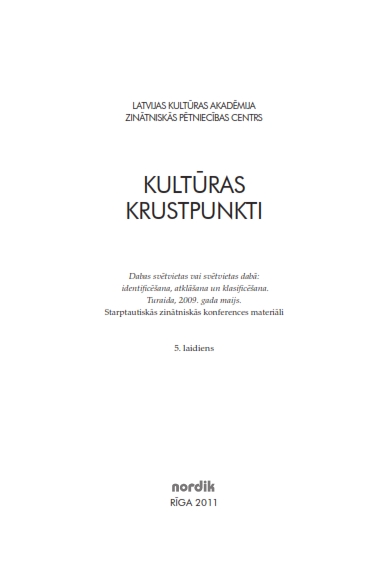What Makes a Stone a Sieidi, or How to Recognize a Holy Place?
What Makes a Stone a Sieidi, or How to Recognize a Holy Place?
Author(s): Tiina ÄikäsSubject(s): Cultural history, Customs / Folklore, Ethnohistory, Cultural Anthropology / Ethnology, Sociology of Culture
Published by: Latvijas Kultūras akadēmija
Keywords: Seidi; Sámi; wooden objects; stones; oral tradition; offering site; bones; metal objects; coins;
Summary/Abstract: A sieidi is an offering site of the Sámi that usually consisted of a wooden object or a stone unmodified by human hand. Because of their natural form they are hard to recognize in the landscape. Usually just one indicator might not be enough to distinguish a sieidi from just another stone. Written sources and oral tradition have preserved memories of the use of sieidi, but not all sieidi sites are still remembered. Sometimes just a place-name has survived. Bones or meat were a common form of offering at a sieidi, and there were rules restricting the handling of the bones. Some sources mention that offered bones were not to be broken. Nevertheless, there have been differences in these practices. Also, other finds, including coins, metal objects, and glass, can be recovered at various sites. Phosphate analysis is one way to recognize a sieidi when no visual signs of the offerings are left. One or more indicators may survive, telling us about the use of a sieidi.
Journal: Culture Crossroads
- Issue Year: 5/2011
- Issue No: 1
- Page Range: 14-24
- Page Count: 11
- Language: English

